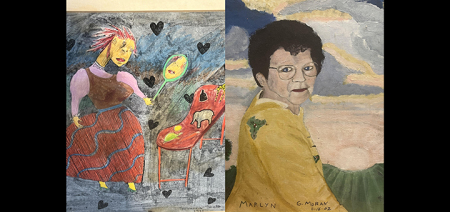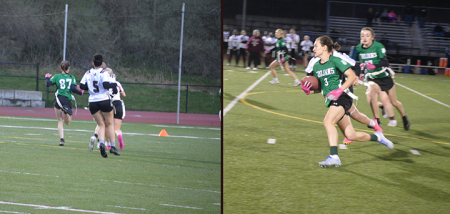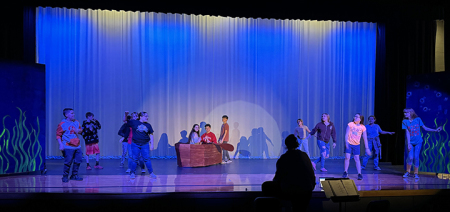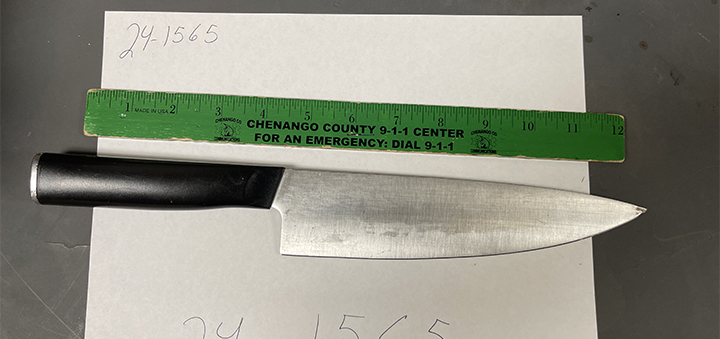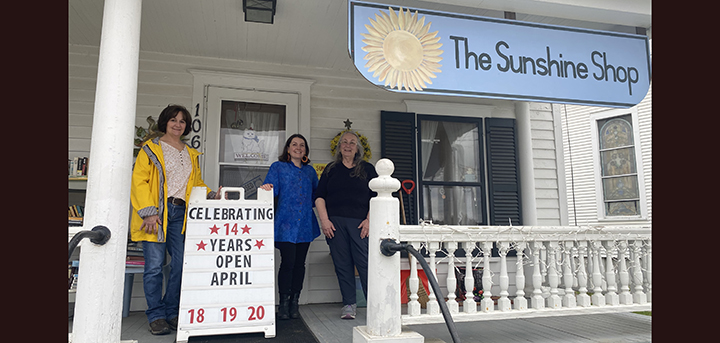Aerial Image Issues
Published:
March 14th, 2014
By:
Shawn Magrath
“In the far distance, a helicopter skimmed down between the roofs, hovered for an instant like a bluebottle, and darted away again with a curving flight. It was the police patrol, snooping into people's windows.”
That quote appears only four paragraphs into George Orwell's “1984.” I couldn't think of a more appropriate way to start a column about aerial imagery.
Let me back up a little. This week, the Chenango County Board of Supervisors accepted a $74,000 grant to the Sheriff's Office to enhance the county's 911 dispatch center. Grant money will be used to purchase a locally contested software program called Pictometry, an online database of enhanced aerial images. Similar to the free software program Google Earth, Pictometry will conduct flyovers every three to five years to take photos from all four corners of Chenango County – including your own backyard and whatever unmentionables you have drying on the clothes line – then post those images to an online database.
However, unlike Google Earth, Pictometry provides rough dimensions including height and width of homes and industrial buildings; and captures aerial photos at an angle, allowing law enforcement, first responders, real property tax service, and other county departments to easily decipher a three-story farmhouse from a 19th century hay loft. I can see how that would be useful.
As mentioned, the county's new “eye in the sky” is drawing criticism from residents who say Pictometry's business is Orwellian – that aerial imagery infringes on the right to privacy and opens the flood gate for more enhanced surveillance measures in the future.
While I see validity in this argument and understand peoples' contempt to have their backyards captured for all to see, I opt to take the road less traveled on this issue. That's not to say I'm comfortable with the thought of increased surveillance. Like most people, my opinion of aerial imagery is that it's an unnecessary measure for the sake of so-called “civilian protection.”
But the hard truth is, aerial imagery – at least for the time being – is a legitimate business, so long as the flyover is in navigable airspace (which is public domain) and the company conducting the flyover adheres to FAA regulations. Actually, few laws exist that prohibit it. Hence, the argument that aerial pictures infringe on one's right to privacy consequently overlooks the legal rights of companies like Pictometry.
If that's not enough to vindicate the county's new high-tech toy, flyovers conducted by Pictomotry occur in broad daylight, when any expectation of privacy outdoors is minimal at best. Not to mention, images captured are hardly capable of identifying private information, faces, license plates, or the brand of barbecue grill you have on your patio.
My only concern in this debate is not the matter of privacy. My real concern is the actual usefulness Pictometry will have to the sheriffs and other county-run departments. Will the program be as valuable to the county as they believe, or will it be that grant funds used to purchase the program could have been put to better use? I guess that's a debate to be had further down the road.
No matter your concern, the county, at least for now, is following through with a new contract with Pictometry. So iron out your birthday suit; you want to be ready for your big photo op.
...Follow me on Twitter
@evesunshawn
Author: Shawn Magrath - More From This Author
Comments

